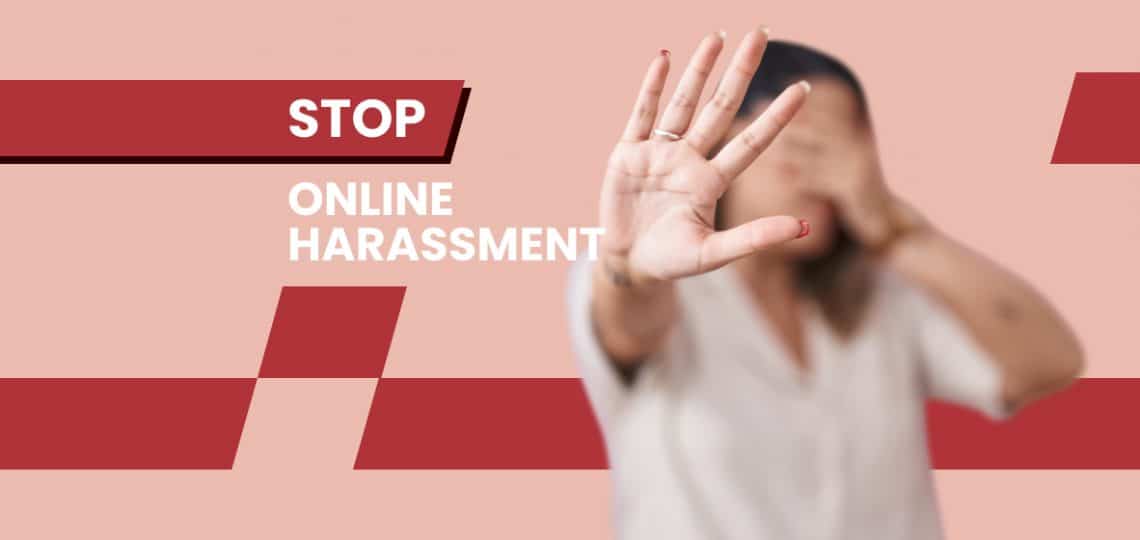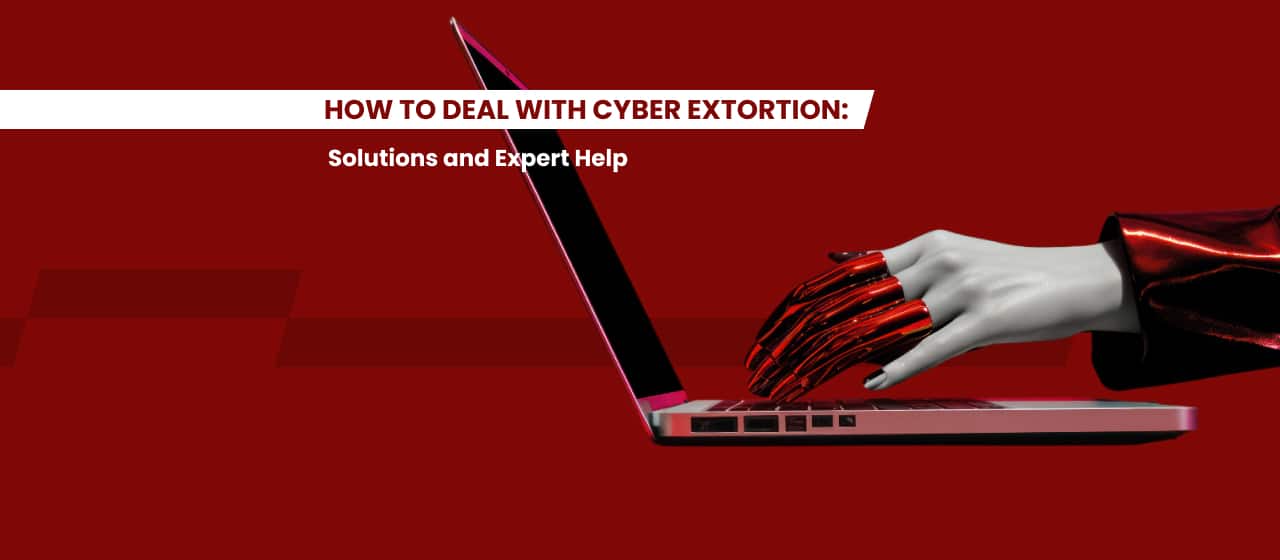In 2021, Pew Research Center found that 4 in 10 American adults have experienced online harassment. The severity of the harassment ranged from physical threats to name-calling. In any case, the prevalence of online harassment has continued to grow over the years. Now, internet users need to be aware of the risks and how to stop online harassment if they are ever targeted.
What is Considered Harassment?
Cyber harassment is defined as the use of electronic communication with the intent to harass or intimidate another person, causing emotional harm or distress. There are multiple means of communication through which cyber harassment can occur, such as email, social media like Instagram and Facebook, dating sites, and other platforms.
Tactics of a Criminal: Strategies and Behaviors of Online Harassment
Online harassers are not all the same, but they use similar tactics to target victims and for similar reasons. There is a mix of social dynamics and psychological motivations that can contribute to the behavior of these criminals. The digital era has only increased the number of online harassers and amplified their reach. Below are some of the common motivations and patterns that have been observed in online harassers.
- Using anonymity. The internet allows bad actors to operate anonymously from all around the world. Their anonymity not only protects criminals from being held accountable for their actions, but it also encourages them to do and say things they wouldn’t in-person.
- Wanting power or control. Perpetrators typically desire power or control over others. They use cyber harassment to intimidate specific targets.
- Feeling insecurity. Feeling threatened by the positive attributes of others, they can operate from a place of insecurity and may target individuals to tear others down.
- Lacking empathy. Perpetrators often harass victims online without considering the real-world implications of their actions. By focusing on the digital interactions, they dehumanize their targets and see them only as usernames.
- Craving attention. Cyber harassment typically stems from something missing in the culprit’s personal life. Harassers may want attention or a sense of power and gain that comes from targeting someone online.
- Seeking revenge. Some cyber harassers know their targets in real life. It may be a former partner, friend, or acquaintance that has a vendetta against the victim.
How to Respond to Online Harassment
Stopping online harassment can be difficult. The perpetrator hides behind anonymity to operate without accountability and can make multiple profiles to continue the abuse even after their profile gets blocked or removed. The barrage of harassment can make victims feel helpless, but you can take control of the situation — even in the face of an anonymous culprit.
Assess the threat
The first step in responding to online harassment is to assess the severity of the threat. There are many forms of cyber harassment, ranging from mild to extremely severe. Low-level harassment, such as comments or one-time messages, is common on Instagram, Facebook, and other social media. Long-term and repeated behavior or threats can be a sign of real-world danger and should be taken seriously.
Stop interacting with the criminal
Engaging with the perpetrator only encourages them to continue their online harassment. Instead, immediately cease all communications with your harasser. If the harasser can’t easily get in touch with you, they are more likely to become disinterested.
Preserve everything
If you want to take legal action against your offender, you need evidence of the online harassment to use in court. Be sure to document all messages, suspicious profiles, images, and anything else that’s relevant to present to law enforcement or legal professionals.
Notify online platforms and law enforcement
When it comes to more severe online harassment like image-based abuse or threats, notifying law enforcement is vital. They can help you file an official case, legally recording the incident. This ensures that your evidence can be used in court or in a law enforcement investigation.
Victims should also notify online platforms of cyber harassment. Many types of harassment violate the community standards of social media networks, and profiles engaging in such behavior will be removed from the platform.
Change security settings
With an anonymous perpetrator, it’s challenging to know their intentions or the danger they present. The only thing you can be sure of is that you are being targeted, so it’s best to secure your accounts and devices. Your passwords need to be strong enough to protect your information. Additionally, make sure two-factor authentication is enabled wherever it’s possible.
Use support resources
Online harassment has existed for decades. Over time, many non-profit organizations were created to combat cyber harassment and provide resources to victims.
- Without My Consent. A non-profit with the mission to combat invasions of privacy and online harassment. The organization offers educational resources for victims on how to respond to harassment and image-based sexual abuse.
- Crisis Text Line. Offers a free, confidential support line through text messages. Trained volunteers provide mental health support and crisis intervention 24/7(4).
- Right To Be. This non-profit fights harassment in-person and online. The organization provides bystander intervention education and resources to help victims of online harassment.
Work with legal professionals
Unfortunately, attorneys can only pursue legal action against perpetrators who are identifiable. Cybercriminals hiding behind anonymity can often evade such legal action. However, if the harasser is identified and linked to evidence, attorneys can assist with filing lawsuits, restraining orders, and cease and desist letters.
Ways To Prevent Yourself from Becoming a Target
Anyone with an online presence can become a target for online harassment. The reason for this targeting can stem from something that occurred in real-life or over the internet. However, there are ways to make it more challenging for perpetrators to digitally harass you and minimize the risk of becoming a victim.
Strengthen privacy settings
Your online presence may attract online harassers or can get exploited by bad actors to contact you. But social media platforms offer privacy settings that can limit interactions with strangers on their sites and protect the posts or information you have on your profile.
Be mindful of what you post online
If your posts are not private, your information can be exposed to millions of users all over the world. Some of these users are bound to have malicious intentions. Making sure your profile and posts are private is one thing, but some harassers may already be your friends or followers. If this is the case, sharing your location, full name, or workplace can increase the risk of cyber harassment.
Avoid trolls
Trolls are everywhere on the internet. They are in forums, comment sections, direct messages, and more. Most of the time, trolls engage online with the intent to upset someone else. Responding to these trolls in any capacity can encourage further digital harassment and, possibly, obsessive targeting.
Stop Online Harassment by Working with Cyber Investigation Inc.
If you are facing an anonymous online harasser, Cyber Investigation Inc. has you covered. We specialize in removing the anonymity of cybercriminals, making it simpler for you to hold your offender accountable. Using digital forensics and investigative methods, we can trace the digital footprint of the perpetrator and pinpoint their geolocation. Then, our team of experts can uncover the culprit’s identity and leverage this information to stop cyber harassment in its tracks. Available 24/7, Cyber Investigation Inc. is always ready to fight against cybercriminals. All you have to do is give us a call.







